
The Ultimate Guide to Native Plants for Northern California
Published: 15/10/2025 | Updated: 29/10/2025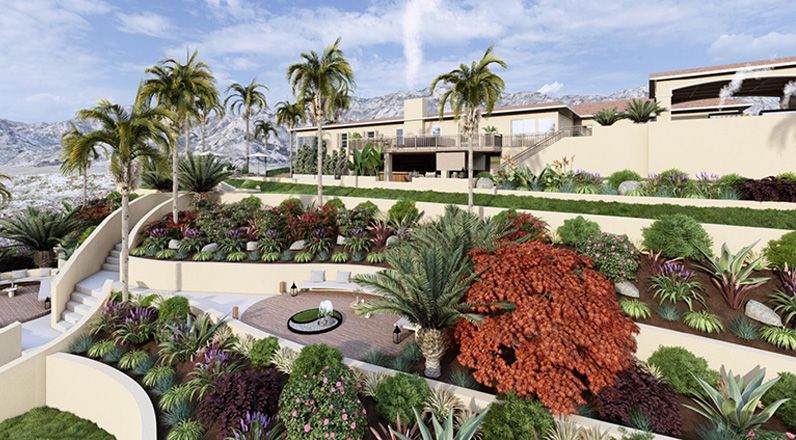
If you live in Northern California, you’ve likely noticed the striking variety of landscapes—from foggy coastal hills to sun-drenched valleys. But no matter your microclimate, one rule reigns supreme: native plants thrive where they belong. Choosing native plants for your yard doesn’t just mean less maintenance and watering—it means fostering biodiversity, supporting pollinators, and creating a landscape that looks stunning year-round.


Whether you’re dreaming of a pollinator haven, a drought-tolerant retreat, or a low-maintenance front yard, this guide will help you design a landscape that feels like home—because it truly belongs here.
What Makes a Plant “Native”?
A native plant is one that has evolved naturally in a specific region over thousands of years, adapting to local soil types, weather conditions, and ecosystems. In Northern California, this includes everything from coastal sages to redwood forest ferns.
Benefits of Native Plants:
-
Low water requirements – Perfect for drought-prone areas.
-
Natural pest resistance – Fewer chemicals, more balance.
-
Habitat for wildlife – Butterflies, bees, and birds flourish.
-
Soil health – Deep roots stabilize and enrich soil naturally.
In short, native plants help you create a landscape that’s both beautiful and ecologically responsible.
Understanding Northern California’s Climate Zones
Northern California’s vastness means multiple microclimates:
-
Coastal: Cool, foggy, and salty air.
-
Inland Valleys: Hot, dry summers; cool, wet winters.
-
Foothills & Mountains: Colder nights and higher elevations.
Knowing your local zone helps you choose the right plants. ShrubHub’s custom 3D design platform factors in your specific climate zone so every recommendation is both aesthetic and sustainable.
Pollinator-Friendly Native Plants for Northern California
If there’s one thing that defines a thriving California garden, it’s movement—fluttering butterflies, buzzing bees, and singing birds. Here are some pollinator-friendly native plants perfectly suited for Northern California:
A. California Poppy (Eschscholzia californica)
-
Bloom Time: Spring to summer
-
Pollinators: Bees and butterflies
-
Why You’ll Love It: Vibrant orange blooms, self-seeds easily, and adds a pop of color to any landscape.
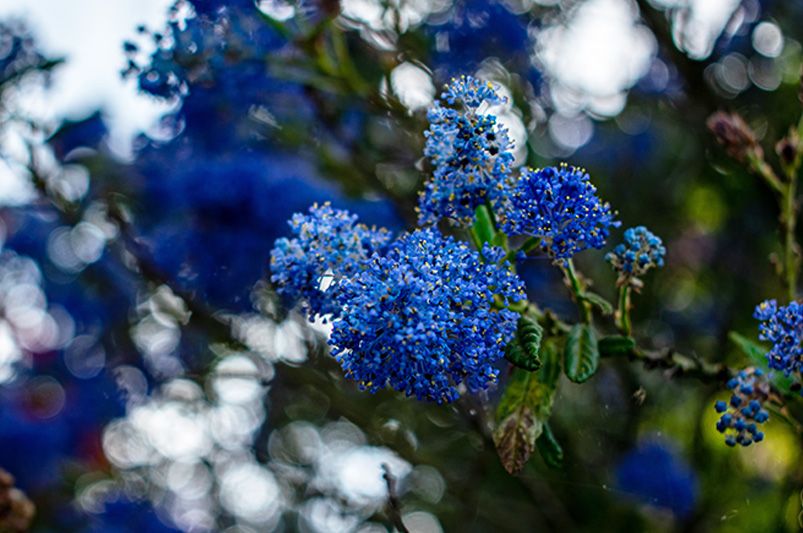
B. Ceanothus (California Lilac)
-
Bloom Time: Spring
-
Pollinators: Native bees, hummingbirds, and butterflies
-
Care: Drought-tolerant, thrives in full sun
-
Design Tip: Use as a hedge or slope stabilizer.
C. Toyon (Heteromeles arbutifolia)
-
Bloom Time: Summer (white flowers)
-
Pollinators: Bees, birds
-
Bonus: Bright red berries in winter attract songbirds.
-
Symbolism: Known as “Christmas Berry,” this evergreen shrub adds winter interest.
D. California Fuchsia (Epilobium canum)
-
Bloom Time: Late summer to fall
-
Pollinators: Hummingbirds
-
Care: Heat- and drought-tolerant; thrives in poor soils.
-
Design Tip: Excellent for cascading borders or containers.
E. Purple Needlegrass (Stipa pulchra)
-
California’s State Grass
-
Adds texture, prevents erosion, and serves as shelter for ground-dwelling wildlife.
These species not only beautify your yard but build local ecosystems—a ShrubHub specialty when crafting climate-conscious designs.
Native Trees and Shrubs to Structure Your Landscape
A strong design starts with structure. Use trees and shrubs as your landscape’s “architecture.”
Coast Live Oak (Quercus agrifolia)
-
Signature Tree of Northern California
-
Provides shade, habitat, and a timeless look.
-
Long-living and supports hundreds of native species.
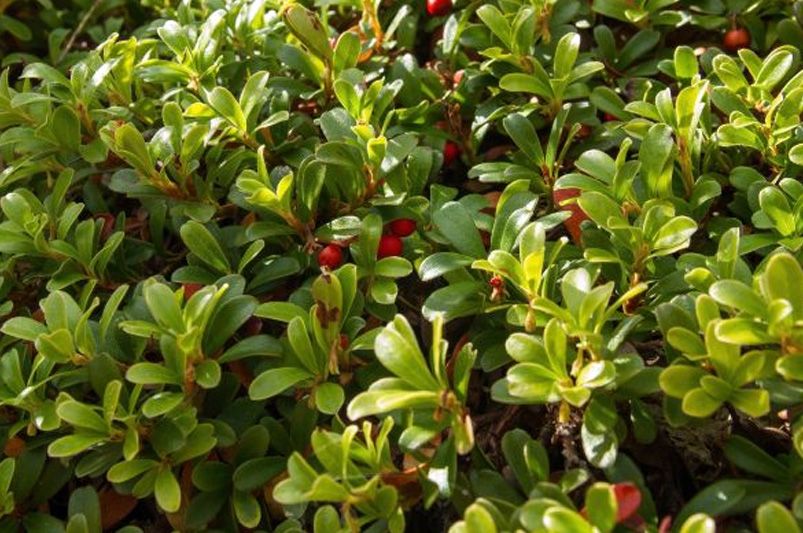
Manzanita (Arctostaphylos spp.)
-
Iconic Native Shrub
-
Smooth red bark, sculptural form, and small pink blooms.
-
Ideal for dry slopes and rock gardens.
Western Redbud (Cercis occidentalis)
-
Seasonal Showstopper
-
Purple blooms in spring, golden leaves in fall.
-
Great for smaller spaces or entry gardens.
ShrubHub’s designers often combine these with native groundcovers and grasses for a multi-layered, naturalistic look that complements modern and traditional home styles alike.
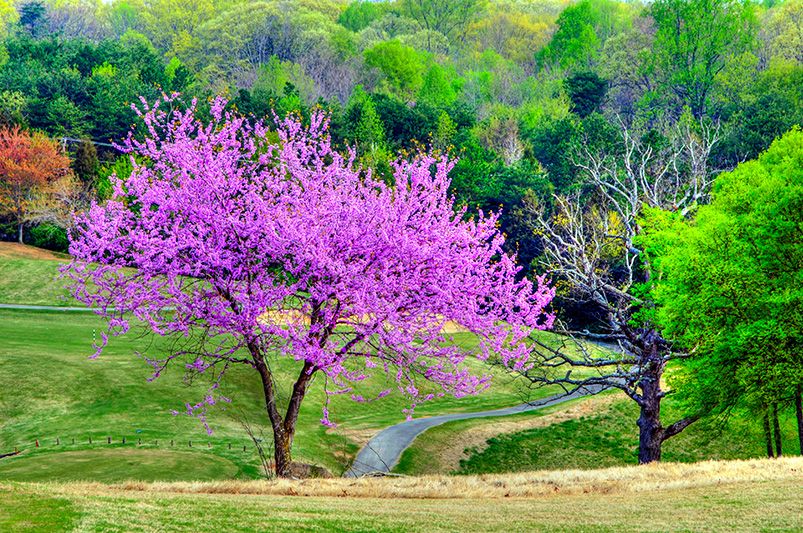
Groundcovers & Perennials for Low Maintenance Beauty
You don’t need a sprawling yard to enjoy natives—groundcovers can add texture and reduce weeds while saving water.
| Plant | Features | Ideal Use |
|---|---|---|
| Yarrow (Achillea millefolium) | Soft foliage, pollinator-friendly | Mass plantings, pathways |
| Douglas Iris (Iris douglasiana) | Coastal-tolerant, vibrant blooms | Shaded borders |
| California Fescue (Festuca californica) | Evergreen grass, elegant movement | Hillsides or under oaks |
| Creeping Sage (Salvia sonomensis) | Aromatic leaves, bee magnet | Drought-tolerant groundcover |
These natives thrive without excessive watering or fertilizers, making them ideal for eco-friendly residential landscapes.
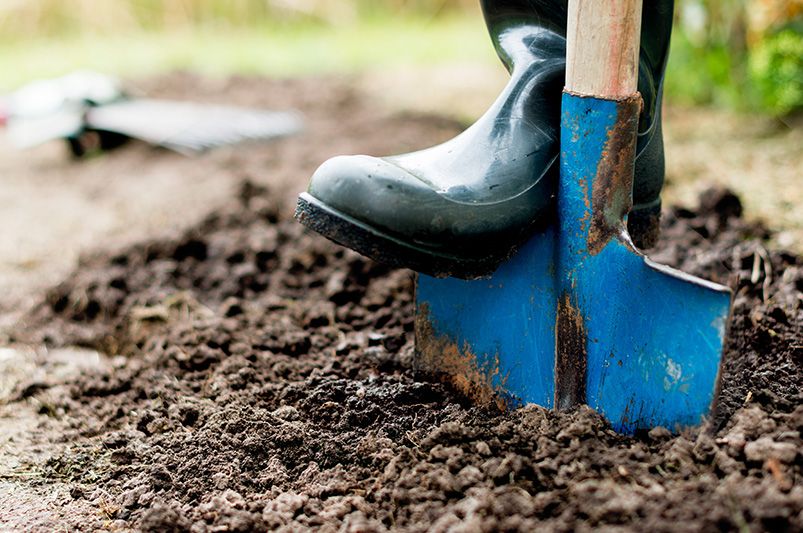
How to Design a Native Plant Landscape (ShrubHub Tips)
A successful native garden balances form, function, and ecology. Follow these steps:
-
Start with Soil: Test and lightly amend—avoid over-fertilization.
-
Group by Water Needs: Place drought-tolerant plants together.
-
Plan for Bloom Succession: Ensure year-round color and pollinator food.
-
Layer Heights: Combine trees, shrubs, and groundcovers for structure.
-
Embrace Imperfection: Native landscapes often look more natural when slightly “wild.”
ShrubHub’s landscape experts use 3D visualizations to help homeowners envision these concepts before planting—making it easy to design with confidence.
Maintenance: Less Work, More Reward
Native gardens are forgiving once established. Key maintenance includes:
-
Mulching annually to retain moisture and suppress weeds.
-
Minimal pruning to preserve natural forms.
-
Deep watering during the first year to establish roots.
After that, your garden practically takes care of itself—perfect for busy homeowners who want sustainability without constant upkeep.
Download Your Free Guide: Top 20 Native & Pollinator-Friendly Plants for Northern California
Get ShrubHub’s free PDF guide featuring expert-recommended native plants, seasonal planting tips, and design inspiration tailored for Northern California. Create a thriving, water-wise garden that supports local ecosystems—all while boosting your curb appeal.
Download the Free Native & Pollinator-Friendly Plants for Northern California Guide Now
Ready to bring your dream landscape to life?
ShrubHub’s team of award-winning designers specializes in native, pollinator-friendly landscapes that thrive in Northern California’s unique climate zones.
Get a custom 3D design and transform your outdoor space into a sustainable paradise.
Start Your Design Today at ShrubHub.com
10. FAQs
1. What are the best native plants for Northern California gardens?
Top choices include California poppy, manzanita, ceanothus, toyon, and California fuchsia—each perfectly adapted to the region’s climate.
2. Are native plants really drought-tolerant?
Yes! Most Northern California natives are naturally drought-tolerant after establishment, saving you water and maintenance costs.
3. Can native plants attract pollinators?
Absolutely. Native plants evolved alongside local pollinators, offering ideal nectar and habitat for bees, butterflies, and hummingbirds.
4. How do I get started with a native garden design?
Start by identifying your soil type and sun exposure. ShrubHub’s online design service makes it simple to visualize and plan your native landscape professionally.
5. When is the best time to plant natives in Northern California?
The best time is fall through early spring, when cooler weather and seasonal rains help establish roots before summer heat.


